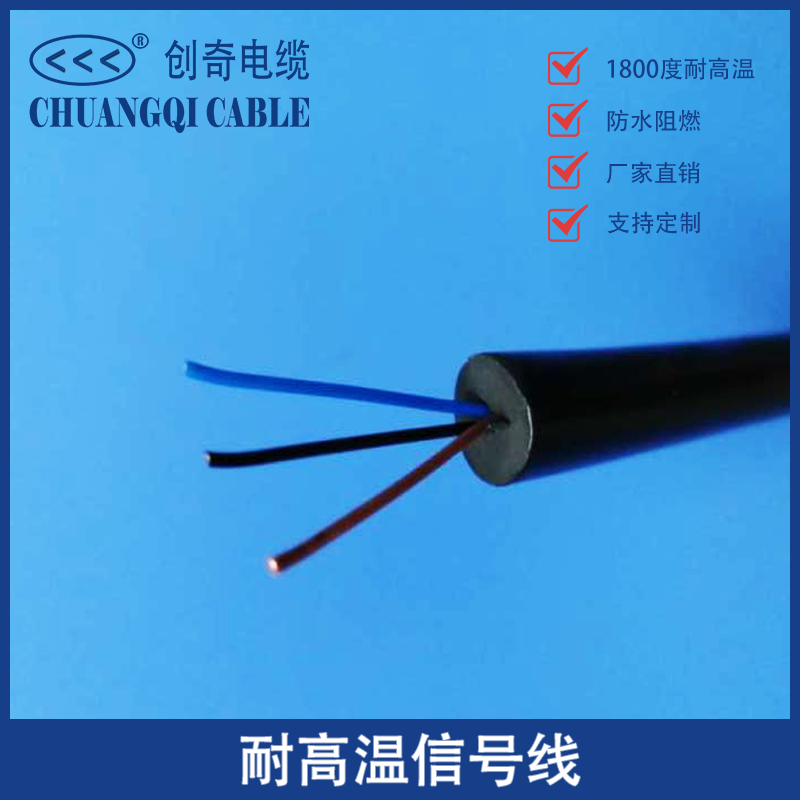The presence of air gaps in the main insulation can cau […]
The presence of air gaps in the main insulation can cause partial discharges. Since the relative permittivity of the air gap is much smaller than that of the cable insulation, under the action of the power frequency electric field, the air gap has to withstand greater electric field strength, causing partial discharge. With multiple discharges of the air gap, the air gap path continues to expand, and the discharge The amount gradually increases until breakdown occurs, causing damage to the rubber cables.
The presence of impurities in the main insulation can cause partial discharge. The breakdown strength of impurities is much smaller than that of insulating materials. Under the action of an electric field, the impurities first undergo discharge, carbonization and gasification, forming air gaps, and causing partial discharges.
The tip and burr of the conductor can cause partial discharge. Since the tip will increase the intensity of the electric field, the insulating material around the tip will discharge first, and then it will develop into a breakdown. This is what we often call the tip effect.
Test: Needle plate electrode test, air gap is more likely to produce electrical trees
From the results of the needle-plate electrode test above, it can be seen that the initial voltage of partial discharge and electrical tree in the insulating material is closely related to the radius of curvature of the electrode. The larger the radius of curvature, the occurrence of partial discharge and electrical tree. The higher the starting voltage; conversely, the smaller the radius of curvature, the lower the starting voltage.
The cracks appearing in the needle tip create an air gap. The relative dielectric constant in the air gap is much smaller than that of solid insulating materials. The air gap has to withstand greater electric field strength, causing partial discharge at a very low voltage.

The influence of moisture on cable insulation
In the production process of cross-linked cables, there will be water molecules in the insulating materials. Under the action of electric field and temperature, water branches will form. The water branches will grow and migrate during long-term operation, and gradually evolve into air gaps. Discharge, damage the insulation.
In addition, after the cable is formed, the outer sheath is damaged and water enters, and moisture exists outside the core and insulation, which will also reduce the insulation characteristics of the cable and form a discharge channel. During construction, the inner and outer sheaths must be protected to prevent water from entering the core.
The influence of temperature on cable insulation
The performance of cable insulation materials is closely related to temperature. With the increase of temperature, the insulation performance decreases, the insulation resistance decreases, the breakdown field strength decreases, and the temperature increases. The insulation accelerates aging. If the maximum operating temperature is exceeded, it will cause cable deformation and field strength distribution. Dismutation, severe thermal breakdown will occur, so the operating temperature of the cable must be strictly controlled, and the cable must not be overloaded.
The influence of semiconductor interface on insulation
The semiconductor shielding layer is handled in the production of cable terminations and joints, which is the key to the quality of the joint. This is the site where the field strength changes suddenly. If the processing level is not high, the insulation will be damaged after it is put into operation. In severe cases, breakdown will occur in the completion test.